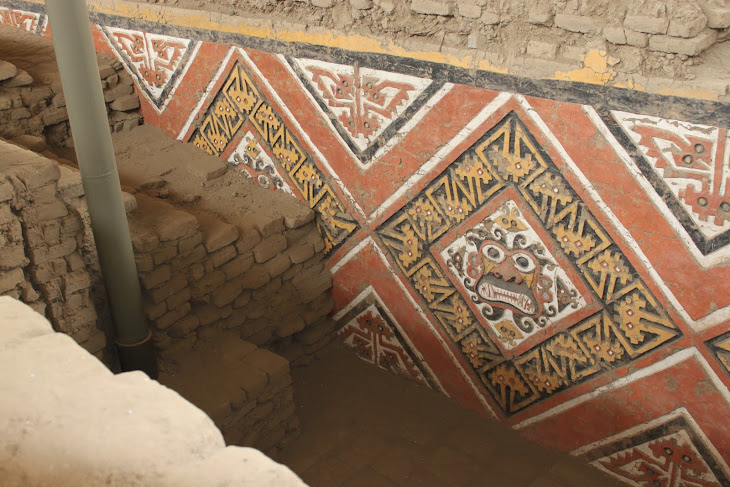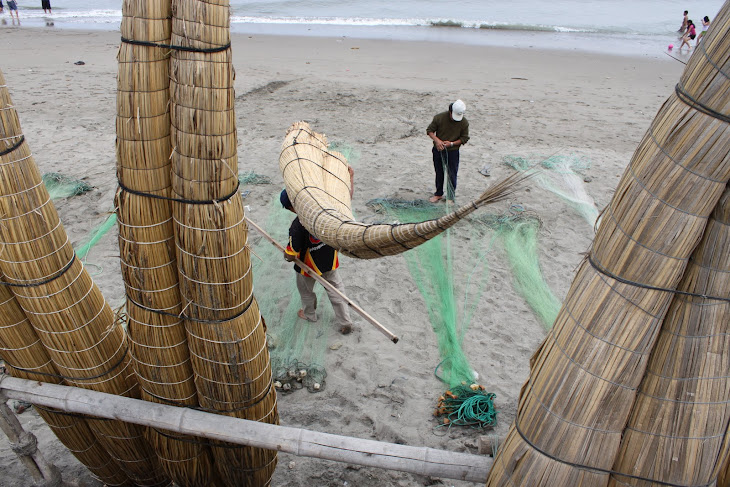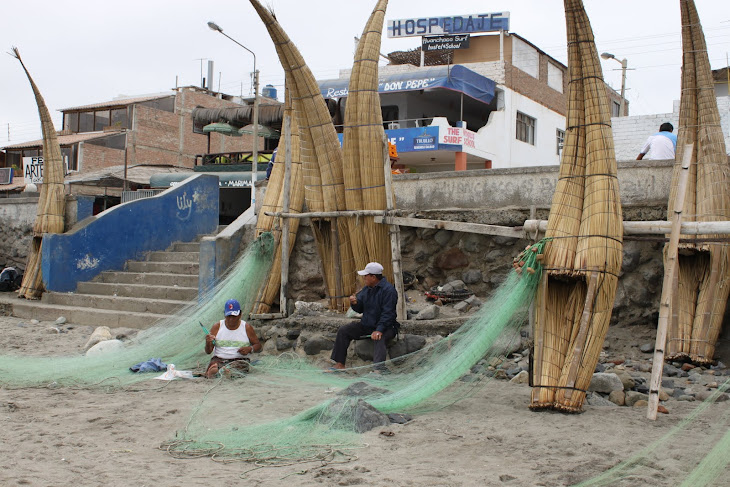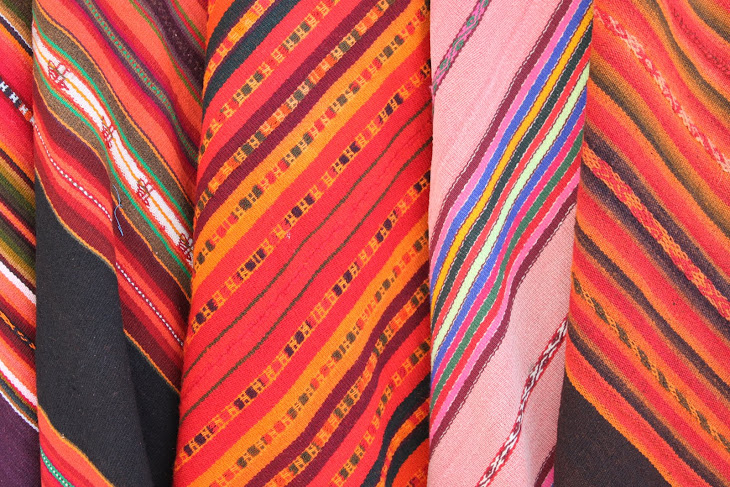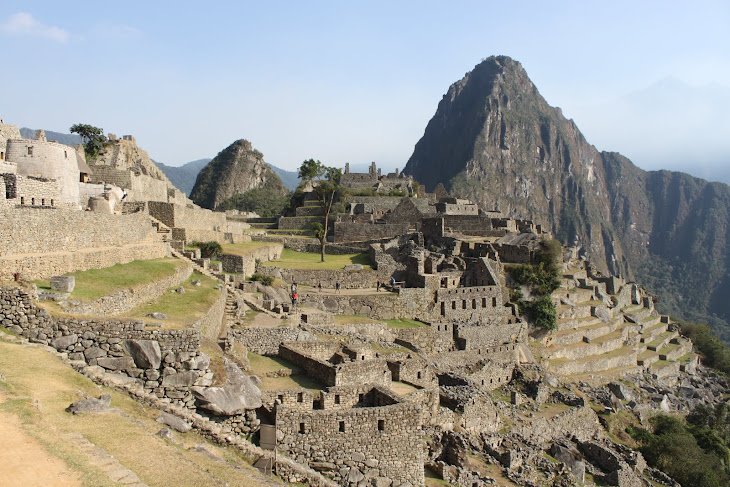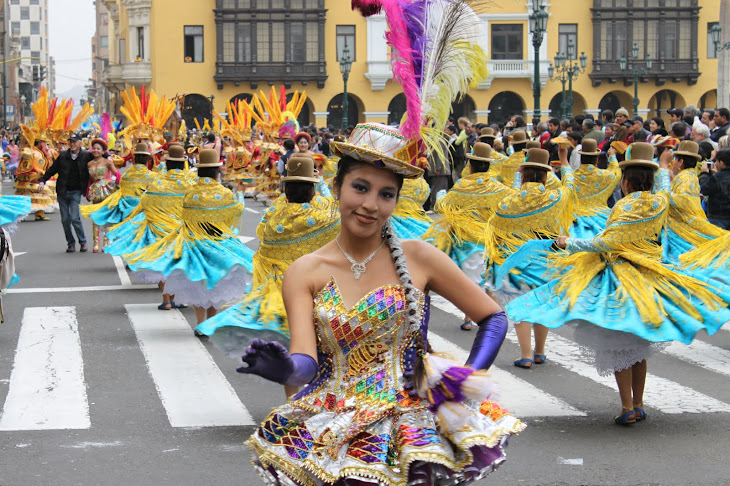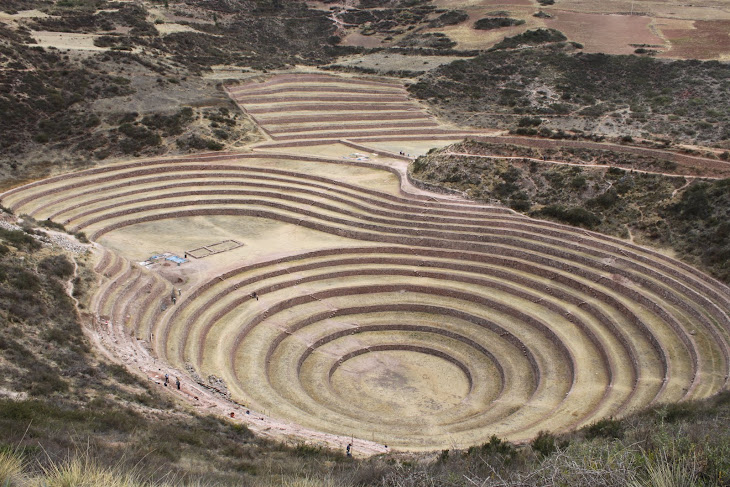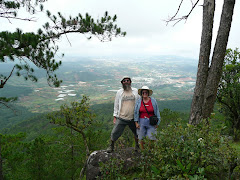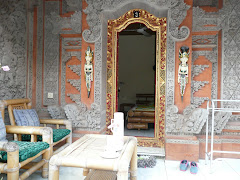Thursday, July 29, 2010
Final days
We returned to Hanoi yesterday from Halong Bay, which was an excellent choice for the final scenic location after an 11-month journey. We spent a night on a sailing junk, but none of the hundreds of boats just like it used their sails. Lovely night though, up on the top deck looking at the silhouettes of all those oddly shaped islands lit by a cloud-filtered full moon. That night was followed by three nights in a fancy bungalow on an often empty beach on Monkey Island. It was worth waiting the extra few days for the latest typhoon to pass by, as the sailing was acceptably calm. Although the tour was pricey by Vietnam standards, it met our criteria for beautiful vistas, secluded beaches and sunny weather. Maybe a bit too much sunny weather, but hopefully Karen's sunburnt face will have recovered by the time we get home. We did tire of having the same menu every day (most tourists stay one night), even if it was tasty barbecue and seafood. Didn't much care for the breakfast of cold fried eggs and cold almost-toast. Today we did some last-minute shopping and had nail-art manicures (Bob's included). Tonight, on our last evening in Hanoi, we attended the Water Puppet Theatre, a charming display of traditional folklore and music. Tomorrow, all that's left is packing and maybe one final southeast Asian massage.
Thursday, July 22, 2010
Hanging out in Hanoi
We have even more down time than we anticipated, as we bide our time here in Hanoi, waiting for the latest typhoon to leave the area so we can go to Halong Bay. Not to worry, folks, the authorities here won't let the boats go out if there's any cause for concern. Not that we really want to be sailing in 18-foot swells. It's raining here as well, and there are not too many tourist sites in Hanoi, so we've been focusing on finding air-conditioned restaurants with comfortable seating and enough light to read by. But Sapa lived up to our expectations and more. We started with a two-day trek down the valley, assisted by our local guide, My, and a group of Black Hmong women in negotiating the steep slopes. We kind of knew they were tagging along in hopes we'd buy some of their handicrafts at the end of the hike, and we didn't have the heart to disappoint them. The other thousand sellers were out of luck after that, though. We lucked out with perfect trekking weather, with clouds drifting on the mountainsides and occasionally blocking the heat of the sun. Our first day ended at a homestay, where we played pool on a much used and abused table, and enjoyed an excellent meal and conversation with a group of other travellers from Spain, France and South Africa. The next day, we continued our trek along rice terraces and through a bamboo forest to a small waterfall which must be more impressive after a heavy rain. Returning to Sapa by jeep, we booked into a fabulous hotel room, with a curved window and balcony overlooking the valley. Another day's outing took us to the market at Bac Ha, across the Red River Valley from Lao Cai on the other side from Sapa and a gathering point for the even more colourful Flower Hmong people. If we could remember where we packed the connection cord for the camera, you'd be getting photos of this. But everything's packed up so we can take the trip to Halong Bay, with Bob's pack jammed with everything we don't need for that excursion and the plane ride home. Only eight more sleeps until we head back to North America.
Monday, July 12, 2010
Cultural delights amid capitalist mayhem
Central Vietnam has been more interesting for us because it has more of the cultural sites we like to visit, and smaller towns. The big Vietnamese cities are filled with buildings less than 20 years old and are so hooked on capitalism that it makes them unpleasant to try to relax in. Because it's exactly the opposite of all that, the old town of Hoi An has become our favourite spot in this country. It's smaller, so there's less traffic and the stroll to the historic centre is only a few blocks from our hotel. Of course, it could be the hotel itself. The Thien Nga has a friendly, helpful staff, AC, satellite TV, a swimming pool and good breakfasts (banana pancakes and tomato onion omelets are our usual choices). We didn't realize how much we would use the swimmimg pool, but it's been a real lifesaver to take a quick dip when the afternoon highs approach 40 C. Or it could be the plethora of excellent restaurants and cheap beer in this town. Or the relaxing and not painful $5-an-hour massages. Not to mention the best beach on our trip: a long stretch of white sand, gentle waves and a gradual slope into a clean ocean, with few tourists except at sunset when the locals swarm the place. Karen took her third cooking course of the trip (the others were in northern Thailand and Bali). She finally learned how to make rice paper for spring rolls, although this will take a lot of practice. We're enjoying the fresh, green emphasis in the cooking, a pleasant change from the spicier food in Thailand and Indonesia, and Karen finds using less fish sauce feels much better on the tummy. We also found several riverside cafes serving fresh beer (by which they mean draught) for 20 cents a glass, quite a palatable lager that goes down well in the 40 C afternoon heat (notice the repetition). We took a side trip up the coast to the imperial city of Hue. More great food, a 19th century citadel and a boat cruise up the Perfume River to the Royal Tombs filled our days. But it was a bit more of a busy Vietnamese city, so we were happy to come back to Hoi An for a few days of rest before our last leg to the north of the country. We plan to see Hanoi, Sapa and Halong Bay before flying home. And, for those who've been asking, we depart Hanoi on July 30, pop in on Deni in L.A. for a few days and land in Toronto on Aug. 4. We've been thinking a lot lately about the things that we miss from home: wine at less than 35 C, fine cheese, home-cooked meals, our bed, sidewalks you can walk on. Those are the things. Most of all, it's friends and family we miss. The last 10 months have been a long haul and we are awfully tired of restaurant food, hotel rooms, packing, motorcycle dodging, uncooperative ATMs and shop owners calling out "buy something", "you want massage", "come inside", "free for looking", "rent motorbike", "I have big sizes, more colours, other styles". That's a huge part of the Vietnamese scene, but this an easy country to travel in because the staff will arrange anything for you and the prices are ridiculously low. Those factors and our end-of-tour fatigue have caused us to take more organized tours than we usually do, which also helps with the language barrier. Vietnamese is quite alien to our eyes. How does one pronounce Nha Nghi, for instance? We see that sign quite often on storefronts. We also see Dai Ly a lot, which makes Bob think of a newspaper stand, but no. So. Just 18 more days in southeast Asia before we begin our journey home. (We wanted the last word in this post to be "home").
Subscribe to:
Comments (Atom)
